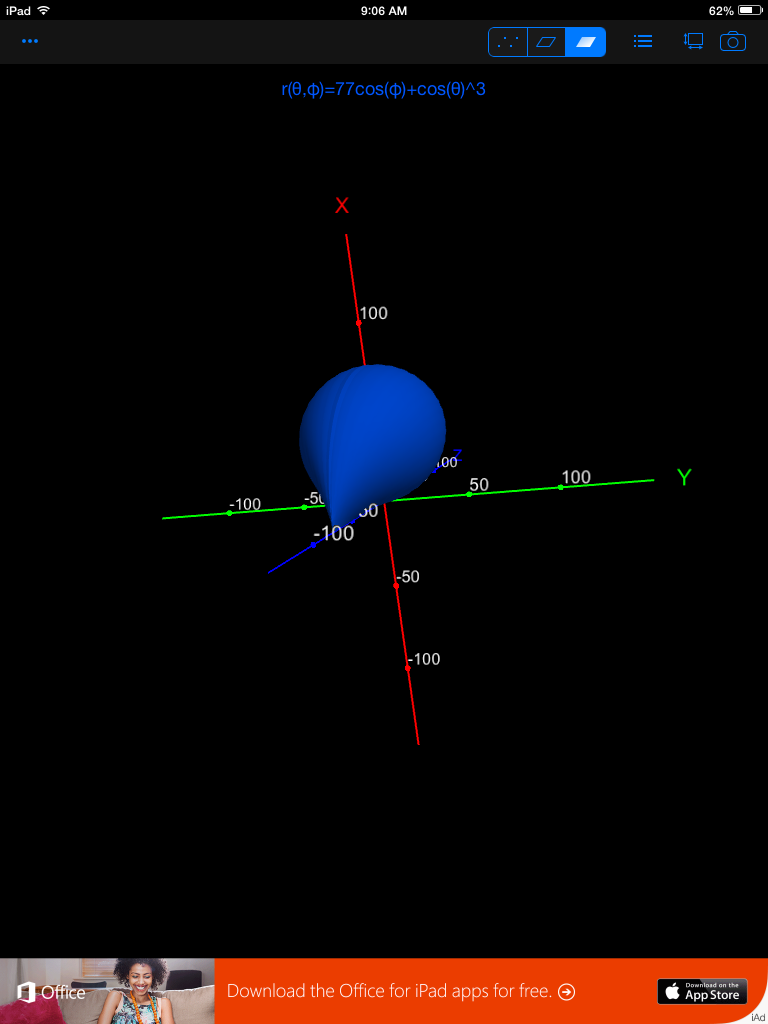Nothing has been revealed about the actual calculation of this stat yet, but it allegedly factors in numerous variables on both offense and defense to calculate the number of points a player contributes to or takes away from his team per 100 possessions. Although it's difficult to do anything to calculate using this metric because the algorithm is not given, we can use the already-calculated RPM numbers to compare and contrast different teams.
Comparison of the Oklahoma City Thunder and the Miami Heat based on the RPM of starters:
OKC:
Russell Westbrook: 4.09
Thabo Sefolosha: 0.37
Kevin Durant: 6.77
Serge Ibaka: 3.10
Kendrick Perkins: -3.19
Total: 11.14
MIA:
Mario Chalmers: 1.48
Dwyane Wade: 2.13
Shane Battier: 1.60
LeBron James: 8.11
Chris Bosh: 3.75
Total: 17.07
Interestingly, Nick Collison, a backup big-man for the Thunder, is the sixth-best player in the NBA according to this statistic with an RPM of 5.81. Collison is the same height as Kendrick Perkins, whose RPM is a lowly -3.19; if they inserted Collison into the starting lineup for Kendrick Perkins, their RPM total for starters would be increased to 20.14!
Although this stat is new and certainly imperfect to some degree, it does bring the value of some underrated players to light. Maybe this switch would improve OKC and make them even better than the defending-champ Heat.
Source:
http://espn.go.com/nba/statistics/rpm/_/sort/RPM
Source:
http://espn.go.com/nba/statistics/rpm/_/sort/RPM





